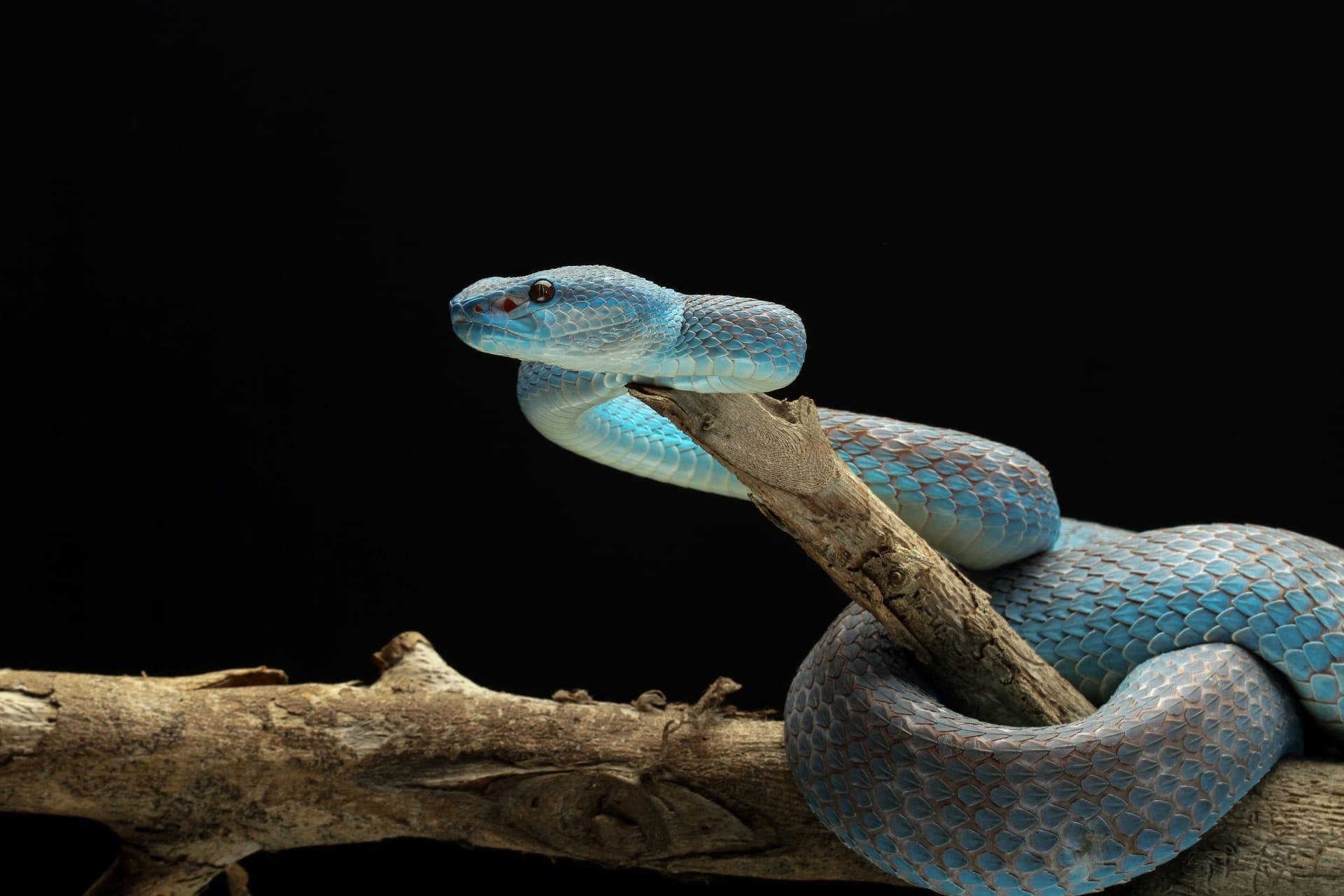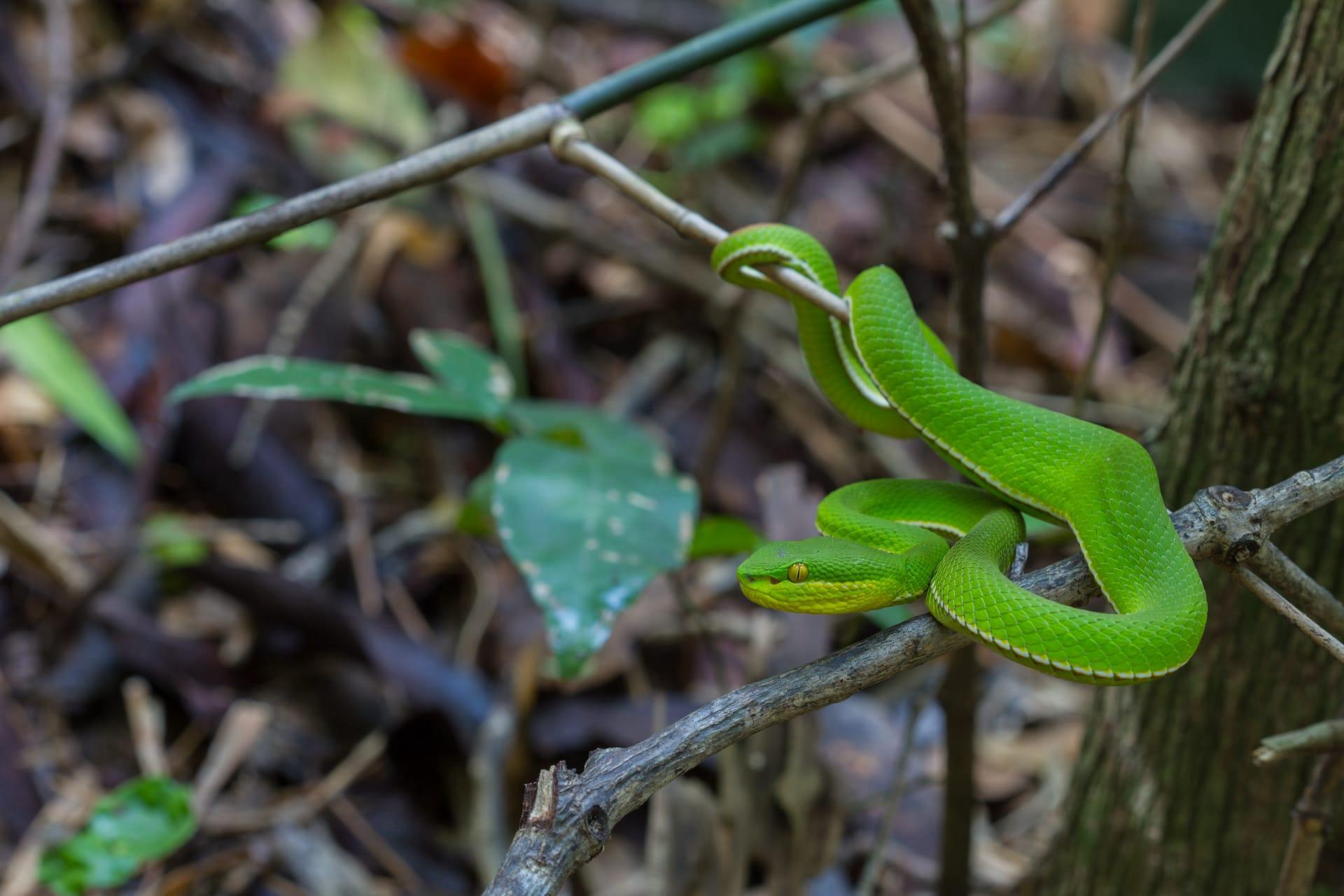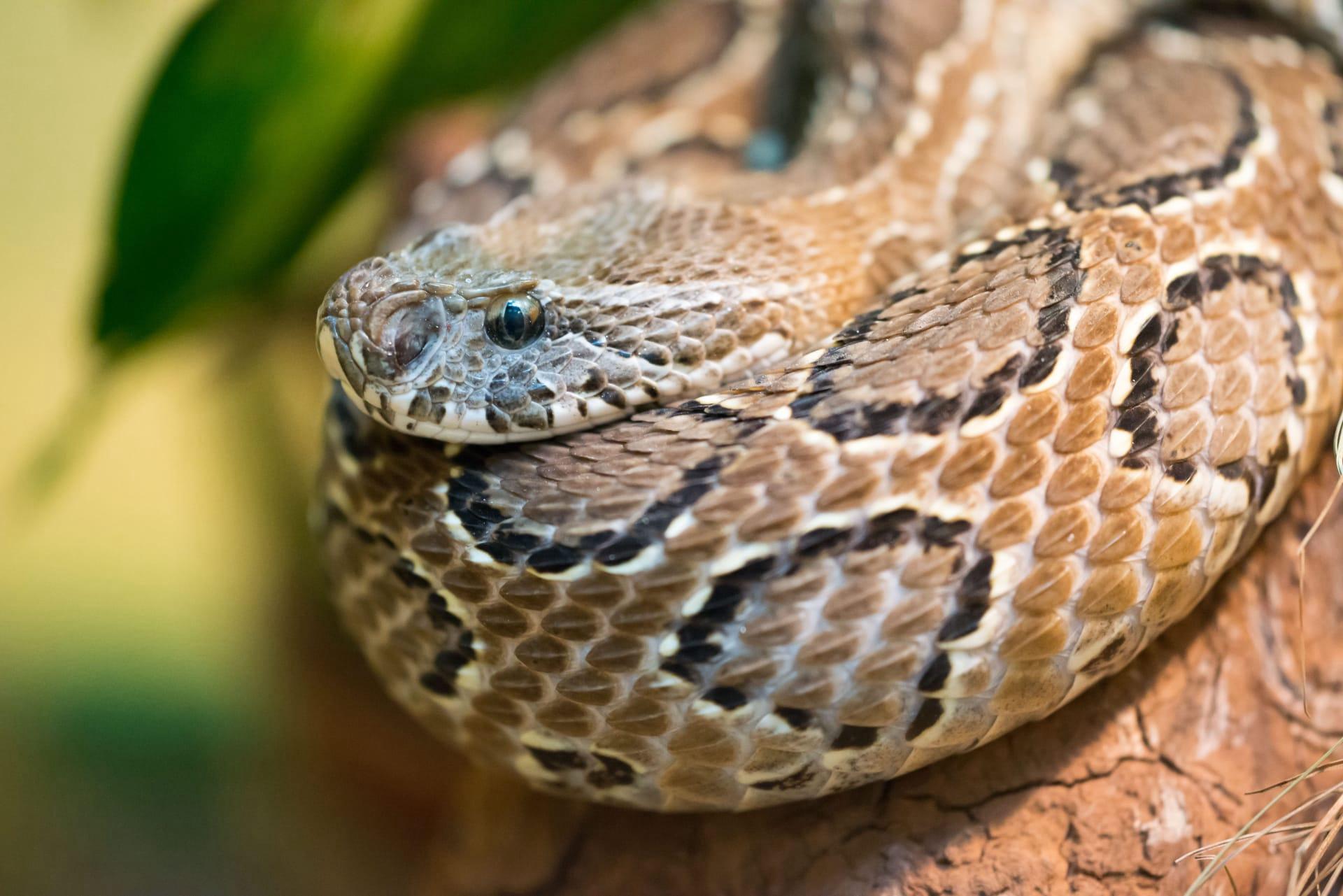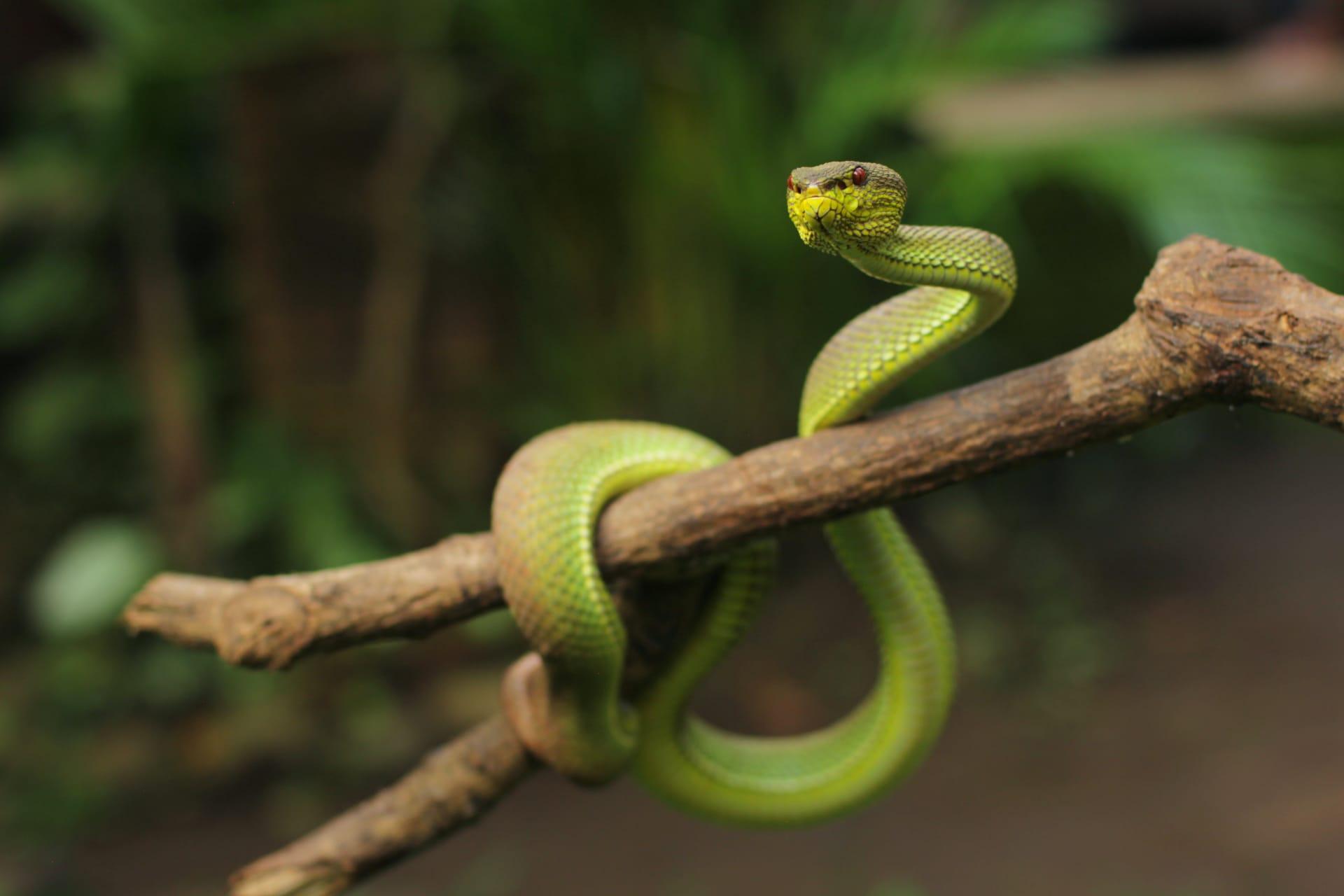1
Vipers, known for their distinctive triangular heads and long, hinged fangs, are a fascinating subject in the world of reptiles. One captivating fact about these serpents is their method of venom delivery. Unlike many snakes that have fixed fangs, vipers have incredibly long fangs, up to 2 inches in some species, which can fold back against the roof of their mouth. This unique adaptation allows them to deliver deep, efficient bites. Their venom, a complex cocktail of enzymes and proteins, can cause various effects ranging from tissue damage to paralysis in their prey. The potency of viper venom is such that it can immobilize or kill prey almost instantaneously, making them formidable hunters.
Another remarkable aspect of vipers is their sensory capabilities. These snakes are equipped with a sophisticated set of heat-sensing organs located between their eyes and nostrils, known as the pit organs. These organs allow vipers to detect minute variations in temperature, enabling them to accurately locate warm-blooded prey even in complete darkness. This thermal sensing is so precise that a viper can detect a change in temperature as small as 0.003 degrees Celsius. This adaptation is particularly useful for nocturnal hunting, allowing them to strike with remarkable accuracy in low-light conditions.

2
Regarding reproduction, vipers exhibit a fascinating range of birthing methods. While many snake species lay eggs, most vipers are ovoviviparous, meaning they give birth to live young. For example, the female common European adder can give birth to up to 20 live young after a gestation period of about 3 to 4 months. This live birth method offers a survival advantage in colder climates, where eggs might not survive due to low temperatures. The mother's body provides a consistent, warm environment for the embryos to develop, resulting in a higher survival rate of the young.
Vipers also have a unique way of communicating and sensing their environment through vibrations. They possess a highly sensitive organ called the Jacobson's organ, located in the roof of their mouth. This organ allows them to "taste" the air by flicking their forked tongues, gathering chemical particles from the air and ground. The information gathered is then transferred to the Jacobson's organ for interpretation, helping them detect prey, predators, and potential mates. This method of sensing the world combines taste and smell, providing vipers with a detailed understanding of their surroundings.

3
The diet of vipers is as varied as their habitats. They primarily feed on small mammals, birds, and occasionally amphibians. The Gaboon viper, one of the largest vipers, found in the rainforests of Africa, can consume prey as large as fully grown rabbits. Its massive body, which can grow up to 6 feet in length and weigh up to 15 kilograms, requires substantial meals to sustain its size. Interestingly, vipers can survive for months between meals due to their slow metabolism and the efficiency of their digestive systems, which extract and absorb nearly every nutrient from their prey.
Another interesting trait of vipers is their ability to strike with incredible speed and precision. A viper can launch its strike in less than half a second. This rapid movement is essential for capturing fast-moving prey and for defense against threats. The strike of a viper involves a complex coordination of muscles, bones, and nerves, perfected through evolution. Once they strike, their long fangs penetrate deeply, allowing the venom to be injected directly into the bloodstream of their prey, ensuring a quick and effective hunt.

4
Regarding habitat, vipers are remarkably adaptable and are found in a wide range of environments. From the deserts of the Middle East to the rainforests of South America, these snakes have evolved to thrive in diverse conditions. For instance, the pit viper species found in South America have adapted to life in dense forests, where they often lie camouflaged among leaves on the forest floor or in low branches, waiting to ambush prey. Their coloration and patterns are so effective for camouflage that they can become virtually invisible in their natural habitat.
Conservation status of vipers varies widely among species. Some, like the common adder, are considered species of least concern, while others are facing threats from habitat loss and human activities. The Armenian viper, for example, is listed as vulnerable due to habitat destruction and illegal collection for the pet trade. Conservation efforts for vipers often focus on habitat protection and education to reduce fear and misunderstanding about these snakes. Despite their fearsome reputation, vipers play a crucial role in controlling rodent populations, which can benefit agriculture and reduce the spread of diseases.

5
Vipers exhibit an astonishing range of sizes and appearances. The smallest viper, the dwarf adder, measures only about 30 centimeters in length, while the largest, the Gaboon viper, can reach lengths of up to 2 meters. This size variation is accompanied by a remarkable diversity in coloration and patterns, which serve as camouflage and as a warning to predators. For instance, the bright colors and bold patterns of some tropical viper species warn potential predators of their venomous nature, a survival strategy known as aposematism.
Finally, vipers have a significant impact on human culture and medicine. While their venom is dangerous, it has also been a source of medical research and innovation. Components of viper venom have been studied for their potential in treating conditions like high blood pressure and blood clot disorders. For instance, a medication derived from the venom of the Brazilian pit viper has been used to develop drugs that help control blood pressure. Additionally, understanding viper venom is crucial in the development of antivenoms, providing life-saving treatment for snakebite victims. This highlights the importance of these reptiles beyond their ecological role, demonstrating their value in the field of biomedicine.